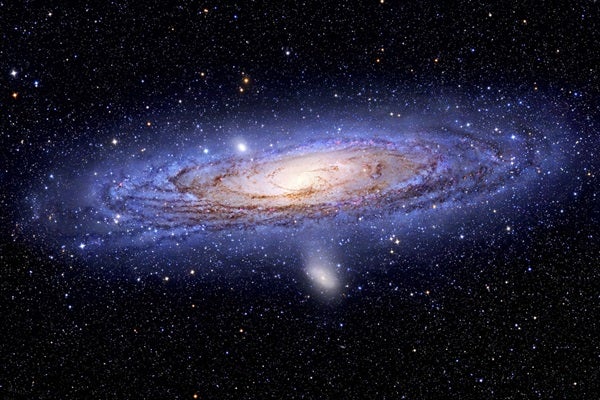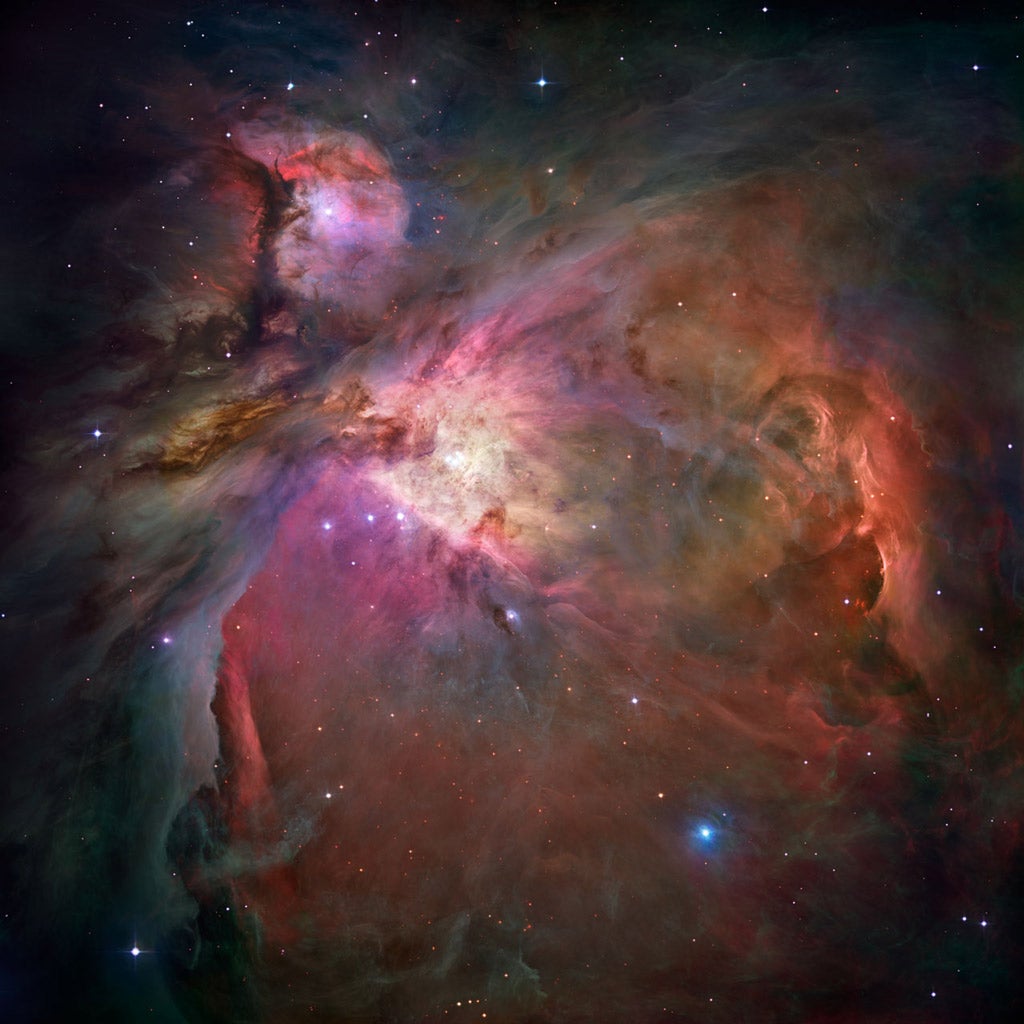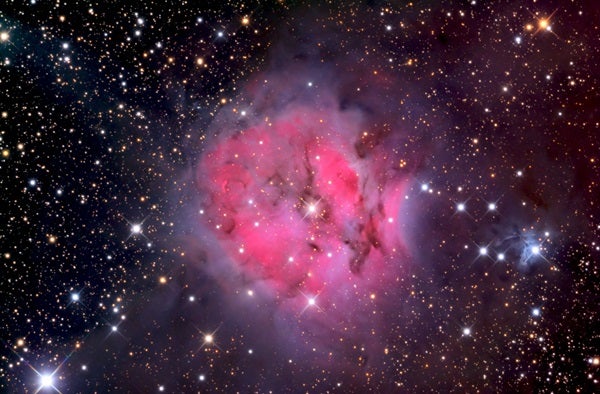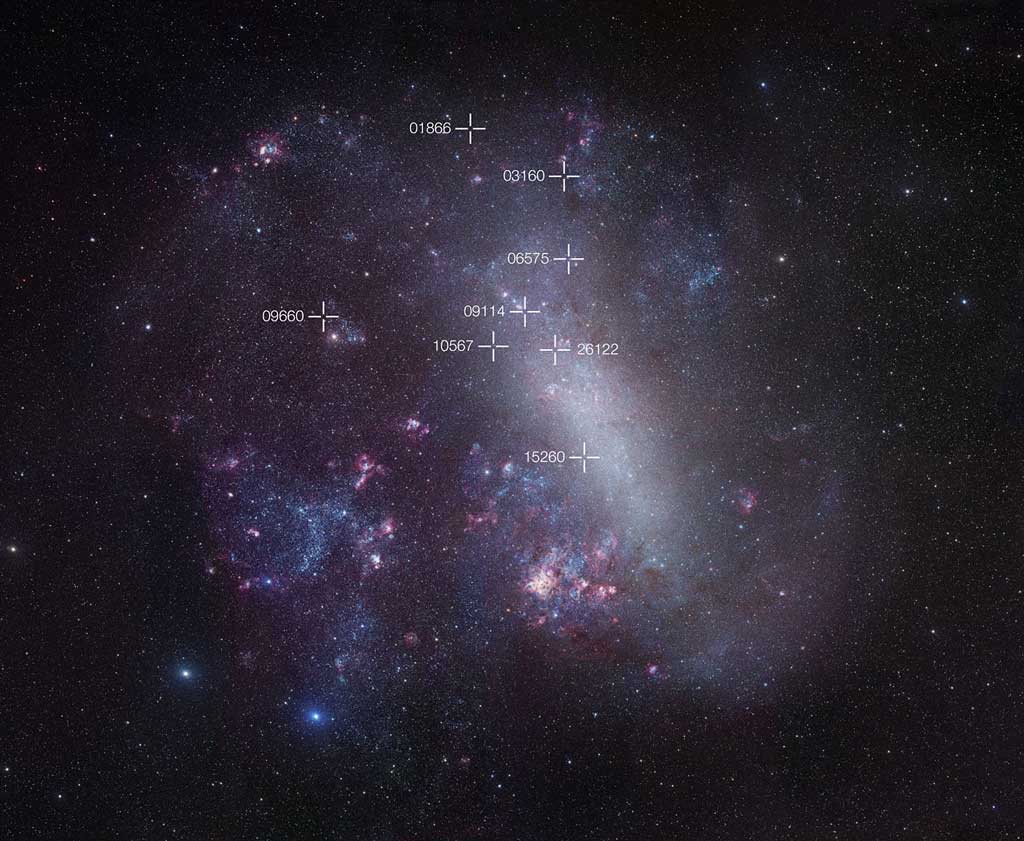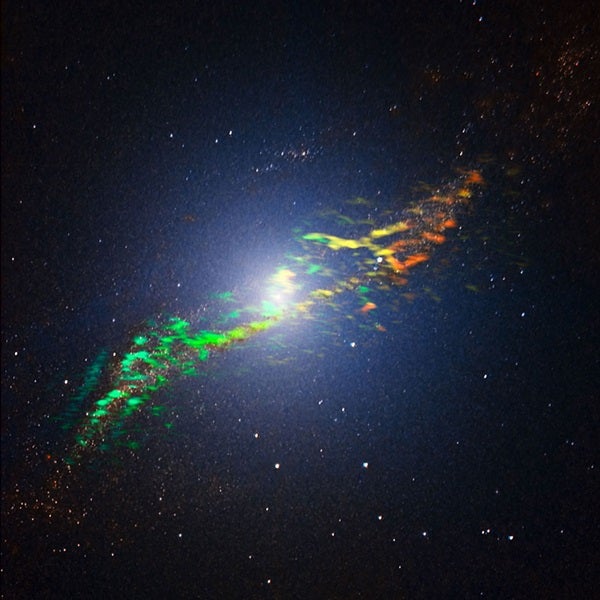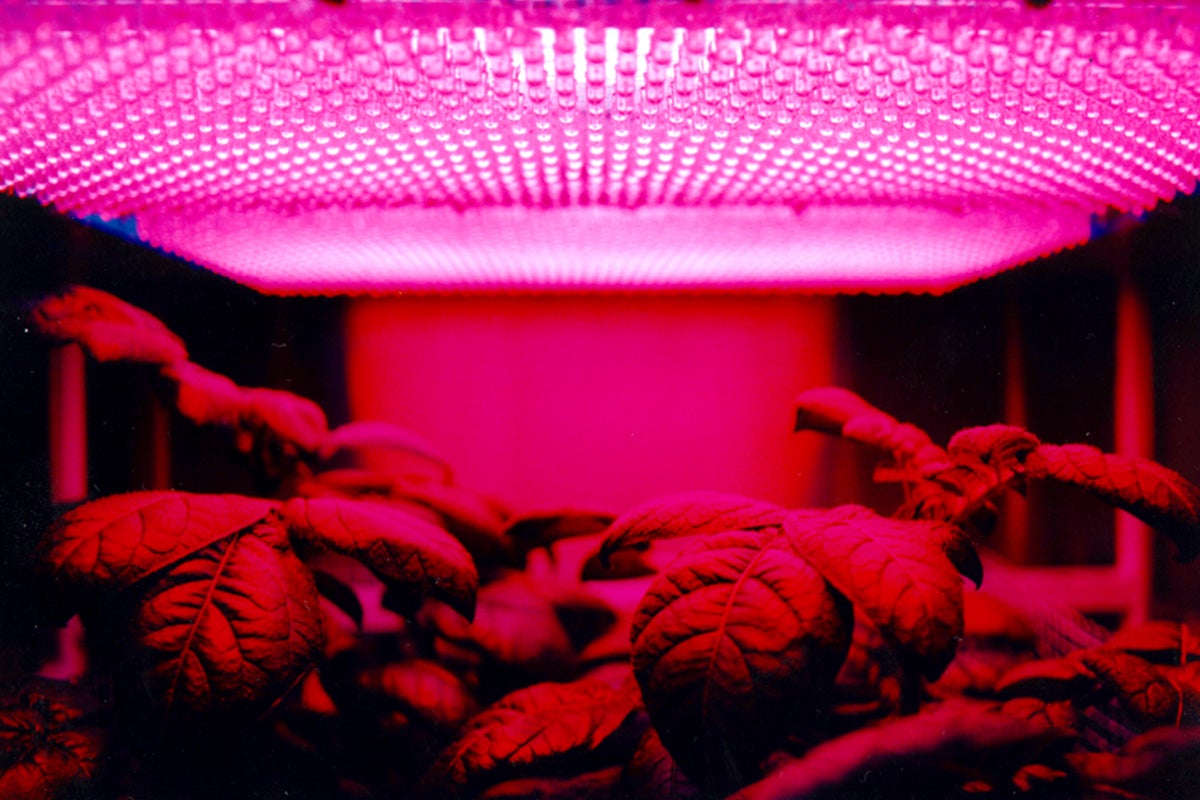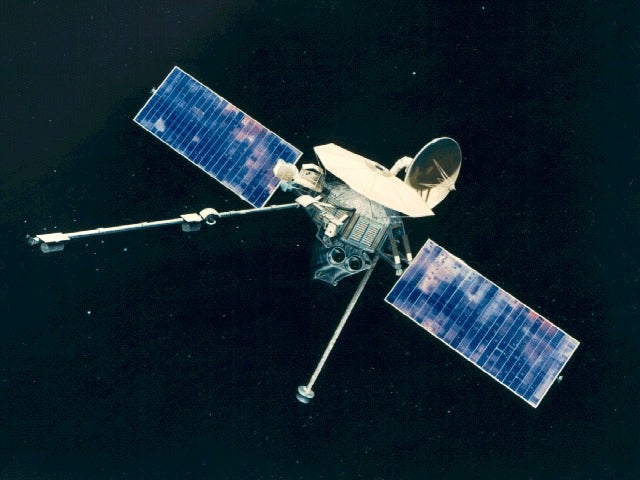The European Space Agency (ESA) mission, launched almost four years ago, revealed the universe’s “coolest” secrets by observing the frigid side of planet, star, and galaxy formations.
Confirmation that the helium is exhausted came today at the beginning of the spacecraft’s daily communication session with its ground station in Western Australia. Scientists measured clear rise in temperatures in all of Herschel’s instruments.
Engineers designed Herschel’s detectors to pick up the glow from celestial objects with infrared wavelengths as long as 0.025 inch(625 micrometers), which is 1,000 times longer than what we can see with our eyes. Because heat interferes with these devices, they were chilled to temperatures as low as 456° Fahrenheit (–271° Celsius) using liquid helium. The detectors also were kept cold because the spacecraft’s orbit is around a stable area called the second Lagrange point about 930,000 miles (1.5 million kilometers) from Earth. This location gave Herschel a better view of the universe.
The mission will not be making any more observations, but discoveries will continue. Astronomers still are looking over the data, much of which already is public and available through NASA’s Herschel Science Center. The final batch of data will be public in about six months.
Highlights of the mission include:
• Discovering long, filamentary structures in space, dotted with dense star-making knots of material.
• Detecting definitively, for the first time, oxygen molecules in space, in addition to other never-before-seen molecules. By mapping the molecules in different regions, researchers are learning more about the life cycles of stars and planets and the origins of life.
• Discovering high-speed outflows around central black holes in active galaxies, which may be clearing out surrounding regions and suppressing future star formation.
• Opening new views on extremely distant galaxies and providing new information about their high rates of star formation.
• Following the trail of water molecules from distant galaxies to the clouds of gas between stars to planet-forming solar systems.
• Examining a comet in our solar system and finding evidence that comets could have brought a substantial fraction of water to Earth.
• Together with NASA’s Spitzer Space Telescope, discovering a large asteroid belt around the bright star Vega.
Other findings from the mission include the discovery of some of the youngest stars ever seen in the nearby Orion “cradle” and a peculiar planet-forming disk of material surrounding the star TW Hydrae, indicating planet formation may happen over longer periods of time than expected. Herschel also has shown stars interact with their environment in many surprising ways, including leaving trails as they move through clouds of gas and dust.

